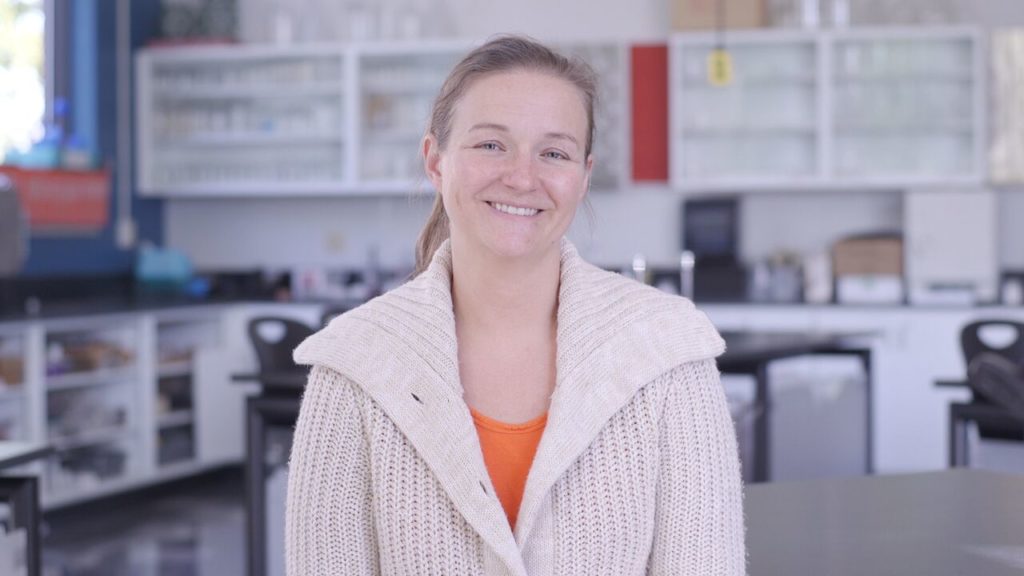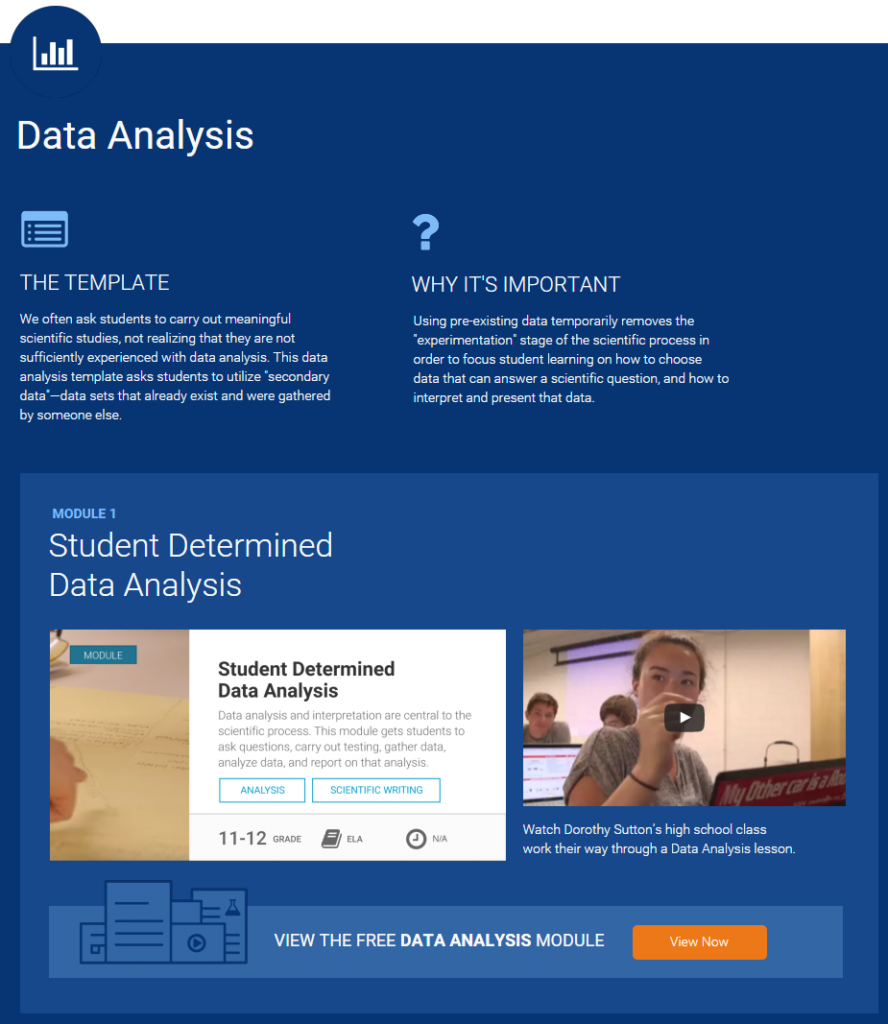With the release of the Battelle LDC Science Collection, we’ve pulled together some of the teachers and scientists behind the project. Dorothy Sutton, a teacher, and scientist Jared Schuetter talk about how to prepare students for science in the workplace.
Let’s start with quick introduction about yourselves

Dorothy: I joined Metro in the fall of 2011 as an English Language Arts teacher. Currently, I teach Scientific Writing and facilitate the Growth learning center.
The Growth learning center focuses on agriculture and the food science. As a group, we are working to promote the next generation of food system professionals.

Jared: I am a statistician who has been at Battelle for nearly 6 years. At Battelle, I have participated in a variety of projects for government and commercial clients, including work in national security, the environment, oil and gas, health, and applied genomics.
You collaborated to create a lesson around Data analysis. Can you give an overview?
Dorothy: The Student Determined Data Analysis module gets students to ask questions, gather and analyze data, and report on that analysis. Students are asked to utilize “secondary data”—data sets that already exist and were gathered by someone else. Using pre-existing data temporarily removes the “experimentation” stage of the scientific process in order to focus student learning on how to choose data that can answer a scientific question and how to interpret and present that data.
How does this connect to the real-world?
Jared: As a statistician, I always collaborate with subject matter experts on projects, and they are the ones who typically collect the data. My job is to analyze their data and work with them to interpret their results. Because of that, I think there is a great deal of value in teaching students strategies for grappling with datasets that they did not have direct control in creating.
You two met to build this module before Dorothy taught it. Can you share some of your questions and answers?
Dorothy: What are the applications and systems that statisticians use to analyze and compile data? And how can I introduce youth to these programs?
Jared: Statisticians use a range of software for analyzing data, some of the most prominent of which are R, MATLAB, SAS, and Excel. The learning curve for the first three platforms is steep, and any involvement in using them should be weighed carefully. I would suggest R, since it is open source and students could download it at home to practice coding. Excel is easiest to use, especially for simple analyses, and is likely familiar to students already.
Dorothy: As a statistician, what are the challenges you face in making data accessible to non-statisticians?
Jared: When explaining data analyses to non-statisticians, I have two main concerns. First, written and verbal communication must be clear and consistent. That is, a minimal amount of jargon should be used, it should be defined first before using it, and the same jargon should be used for the same concept throughout the communication. Terms like “sample” can mean many different things in statistics, so be careful that those terms are used consistently. The second concern is making the analysis relevant. Simple examples should be used to frame complex topics, giving the audience an anchor to return to as they try to learn the new material. From experience, I can say that this is helpful even when your audience is a statistician!
Anything you are still wondering after using the module in class?
Dorothy: Allowing choice helps get students excited about the content, but if I were more limited in areas of research, what reliable databases would you recommend I refer students to?
Jared: There are a lot of sites on the internet that have repositories of datasets that are great for teaching students about analysis. For example, search “datasets for statistics” in a browser. One repository I found helpful when I was a teaching assistant in graduate school was the Data and Story Library at Carnegie-Mellon. Each dataset is organized by subject area and has a description associated with it. Many of them also contain little quirks that help teach different statistical concepts.
What words of wisdom would you share with a teacher who wants to implement this module or with students completing this type of work?
Dorothy: I have a student (who took) the ACT this winter, she thanked me for teaching data analysis in our Scientific Writing course. She believed that work helped improve her score on the ACT.
Jared: We are living in a data-rich world, and I think that there is this implicit notion out there that all of the data is reliable and useful. The truth is that some datasets are more useful than others, and some analyses are conducted in a way that carries more weight than others. When we see results of studies on the news, or look at a graphic in a newspaper, we need to think critically about where the data came from, and how they are being presented. Sometimes the claims made in those stories are inaccurate or misleading. One way to introduce students to these issues is to put them in the shoes of the investigator, and have them start thinking about the quality of the data they are using and the biases inherent in their analyses.
Thanks so much to you both!
Head over to sciencecollection.ldc.org to get a sample of these lessons and see if they’re right for your classroom.
